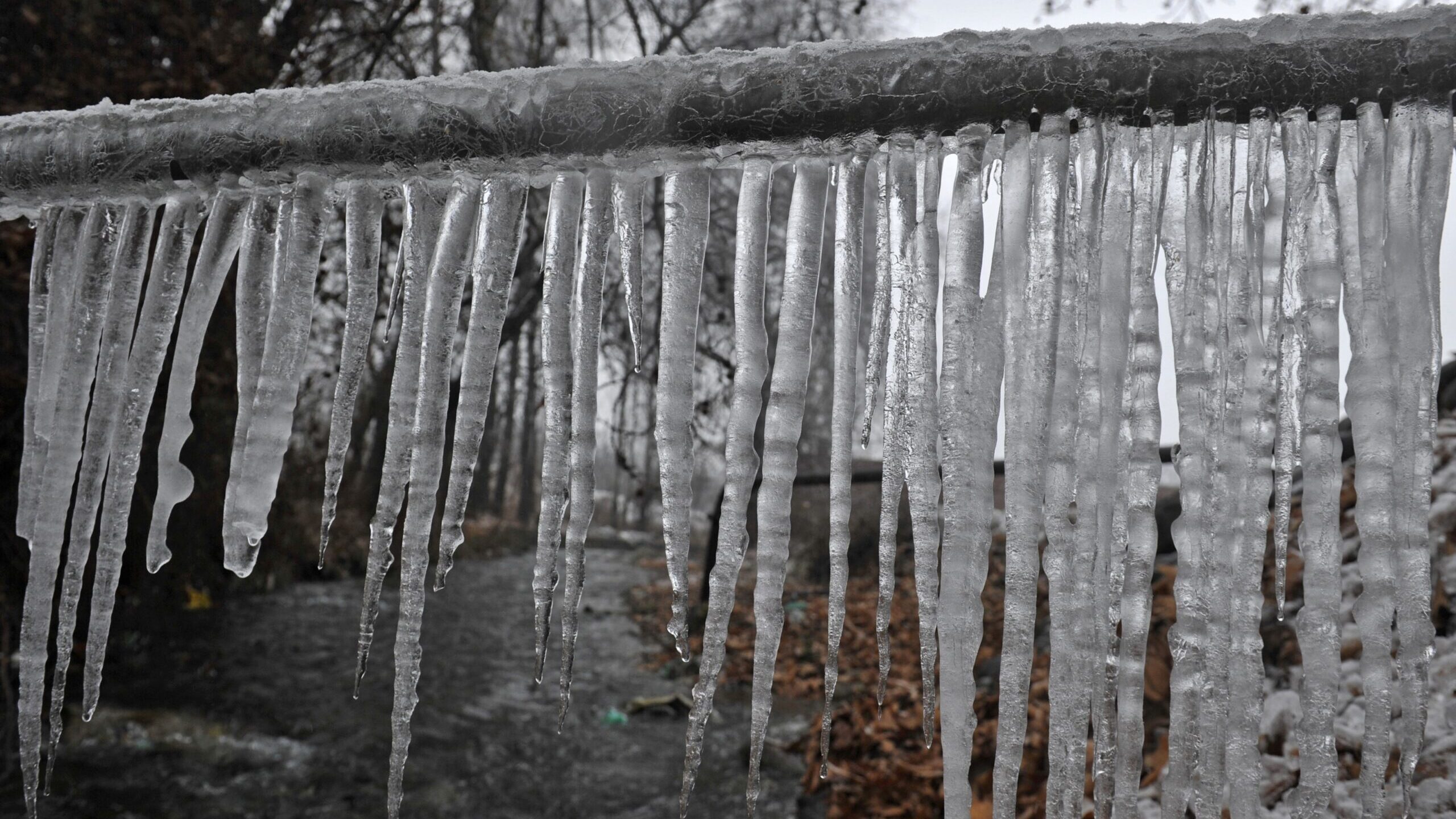Crucial Advice to Avoid Frozen Pipes in Cold Weather: Specialist Guidance
Check It OutHere underneath you will discover lots of wonderful expertise with regards to Prevent Frozen Pipes .

Cold weather can ruin your plumbing, particularly by freezing pipelines. Right here's how to stop it from taking place and what to do if it does.
Introduction
As temperatures decrease, the risk of icy pipes boosts, potentially bring about expensive fixings and water damage. Understanding just how to prevent frozen pipelines is important for home owners in cold environments.
Avoidance Tips
Insulating prone pipelines
Wrap pipelines in insulation sleeves or make use of heat tape to safeguard them from freezing temperature levels. Concentrate on pipelines in unheated or exterior areas of the home.
Heating methods
Maintain interior areas properly heated up, particularly locations with pipes. Open closet doors to enable warm air to circulate around pipes under sinks.
How to identify icy pipelines
Seek lowered water circulation from faucets, unusual odors or sounds from pipelines, and visible frost on exposed pipelines.
Long-Term Solutions
Structural changes
Consider rerouting pipelines far from exterior wall surfaces or unheated areas. Add added insulation to attics, basements, and crawl spaces.
Upgrading insulation
Purchase premium insulation for pipes, attics, and walls. Appropriate insulation aids keep regular temperatures and decreases the threat of frozen pipelines.
Safeguarding Outside Plumbing
Yard pipes and outside taps
Separate and drain yard hoses prior to winter season. Set up frost-proof spigots or cover outside faucets with insulated caps.
Comprehending Frozen Pipes
What triggers pipes to ice up?
Pipes freeze when revealed to temperatures listed below 32 ° F (0 ° C) for prolonged periods. As water inside the pipelines freezes, it broadens, putting pressure on the pipe walls and possibly creating them to break.
Dangers and problems
Frozen pipes can lead to supply of water disruptions, residential or commercial property damages, and pricey repair services. Burst pipelines can flooding homes and cause considerable structural damage.
Indicators of Frozen Pipes
Recognizing frozen pipelines early can stop them from bursting.
What to Do If Your Pipes Freeze
Immediate activities to take
If you presume icy pipelines, keep faucets open up to soothe pressure as the ice melts. Make use of a hairdryer or towels taken in hot water to thaw pipelines gradually.
Verdict
Stopping frozen pipes needs proactive measures and quick responses. By recognizing the reasons, indications, and preventive measures, home owners can shield their plumbing during cold weather.
5 Ways to Prevent Frozen Pipes
Drain Outdoor Faucets and Disconnect Hoses
First, close the shut-off valve that controls the flow of water in the pipe to your outdoor faucet. Then, head outside to disconnect and drain your hose and open the outdoor faucet to allow the water to completely drain out of the line. Turn off the faucet when done. Finally, head back to the shut-off valve and drain the remaining water inside the pipe into a bucket or container. Additionally, if you have a home irrigation system, you should consider hiring an expert to clear the system of water each year.
Insulate Pipes
One of the best and most cost-effective methods for preventing frozen water pipes is to wrap your pipes with insulation. This is especially important for areas in your home that aren’t exposed to heat, such as an attic. We suggest using foam sleeves, which can typically be found at your local hardware store.
Keep Heat Running at 65
Your pipes are located inside your walls, and the temperature there is much colder than the rest of the house. To prevent your pipes from freezing, The Insurance Information Institute suggests that you keep your home heated to at least 65 degrees, even when traveling. You may want to invest in smart devices that can keep an eye on the temperature in your home while you’re away.
Leave Water Dripping
Moving water — even a small trickle — can prevent ice from forming inside your pipes. When freezing temps are imminent, start a drip of water from all faucets that serve exposed pipes. Leaving a few faucets running will also help relieve pressure inside the pipes and help prevent a rupture if the water inside freezes.
Open Cupboard Doors
Warm your kitchen and bathroom pipes by opening cupboards and vanities. You should also leave your interior doors ajar to help warm air circulate evenly throughout your home.

I have been very fascinated with Winter Plumbing Precautions: Preventing Frozen Pipes and I hope you enjoyed the entire piece. Sharing is good. One never knows, you may just be doing someone a favor. We treasure reading our article about Winter Plumbing Precautions: Preventing Frozen Pipes.
Visit